Which flowers and foliage are best for drying and preserving? From globe thistle to hydrangeas, here are 30 plants that dry well and hold their color so they look beautiful forever (not old and faded). Pick the right flowers for drying and follow our simple steps.
Advertisement
Which Flowers Are Best for Drying?
Look for flowers that have a small calyx and hold their petals tightly. (The calyx consists of the small green leaves—sepals—located at the base of the bud; they enclose and protect the unopened flower.)
Good candidates for drying include:
- ageratum (floss flower)
- amaranth (globe)
- artemisia for its silvery foliage
- astilbe
- baby’s breath
- calendula
- celosia (cockscomb)
- coneflower (rudbeckia)
- cornflower
- delphinium
- dill and herbs
- sea holly (eryngium)
- eucalyptus
- ferns
- globe thistle
- gomphrena
- hydrangea
- larkspurs
- lavender
- lisianthus
- lunaria
- pansies
- Queen Anne’s Lace
- roses and rose buds
- salvia
- statice
- strawflower
- sunflower
- tansy
- yarrow
My absolute favorite flower to dry is ‘Limelight’ hydrangea, a lime green cone-shaped, mop-head type hydrangea. Leave to mature on the shrubs, then stand them upright in an empty vase to dry.
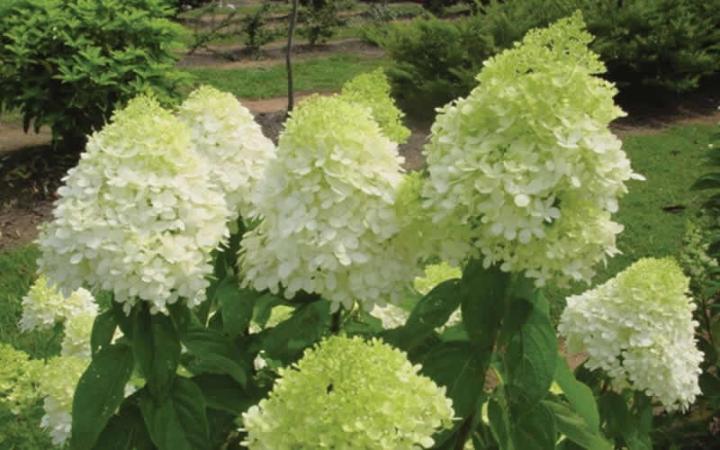
Another favorite is ‘Big Blue’ sea holly, which glows as the Sun sets. Its electric blue stems and flowers are gorgeous dried. Cut the stems from your plants after the morning dew evaporates, just before the buds are completely open, or the flowers are fully mature. They’ll usually continue to open after cutting. Tie the stems together and air dry them, upside down, in a dark, dry spot. The trick to retaining that color is to flash-dry them, too, in a hot car. Otherwise, the blue fades with time to almost a gray.
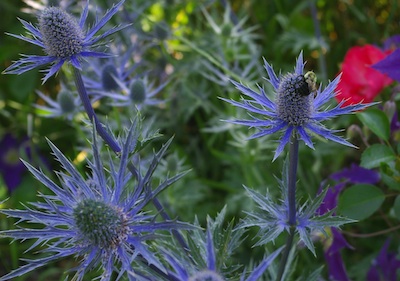
A classic dried flower is Celosia ‘Dragon’s Breath’, sometimes called plumed cockscomb, which dazzles with its feathery plumes and bright sunset inspired colors like reds, oranges and yellows, and sometimes violet, cream, and pink. Harvest the stems of celosia when the flowers are almost completely open. Hang upside down in a cool, dark location to dry for a month.
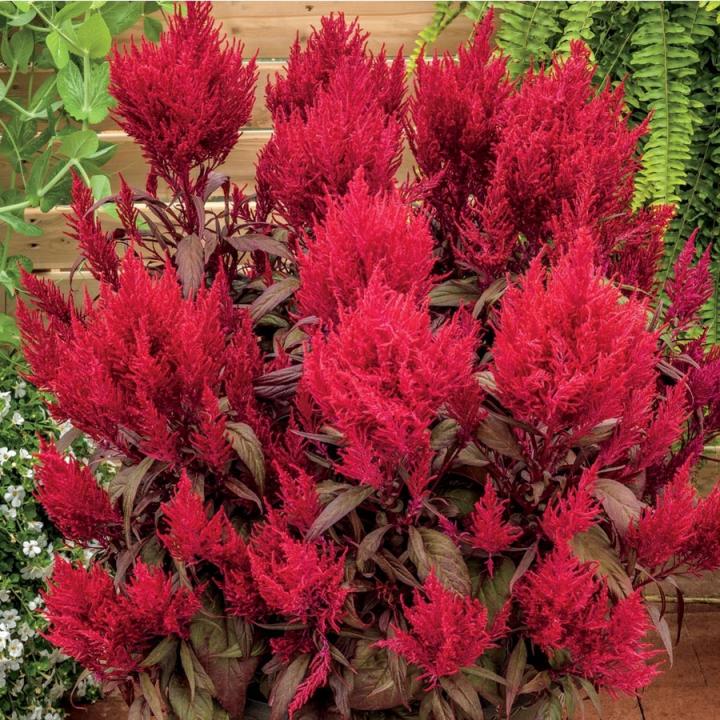
Strawflowers are another easy dried flower. Harvest strawflowers before the centers of the flowers open, so there’s enough moisture in the blooms to make them easy to handle. Cut the stems 12 to 15 inches long, and remove the leaves. Hang them upside down in a dry, dark spot that gets good air circulation. They’ll be ready to use in 2 or 3 weeks.
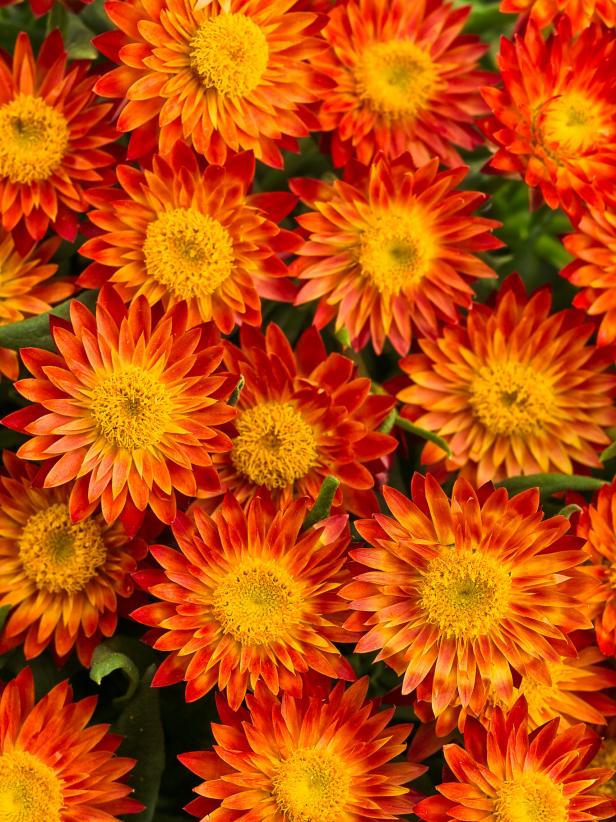
Lavender has the most lovely scent as well as healing properties. You can start harvesting lavender in early spring because the more that you prune your lavender, the more flowers will grow! Harvesting lavender encourages a nice bushy plant. Pick younger buds and harvest in early morning after the morning dew has dried. Cut lavender just above a junction or side branch. Then just hang wands in small bunches secured with twine upside down to dry in a dark, warm place with good air circulation.
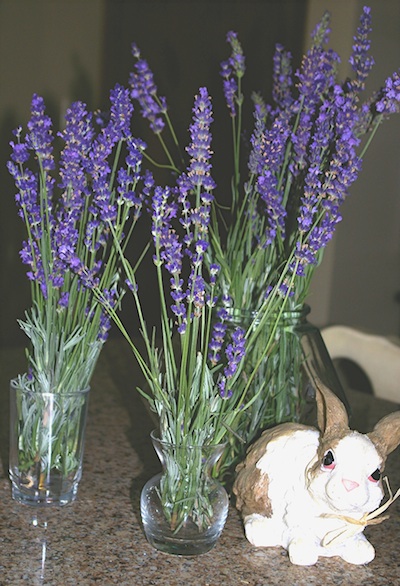
Roses are often a popular flower to dry, but this is because many romantics which to preserve their first bouquet of this flower which symbolizes love. The trick is to use roses that have just begun to open. Then hang them upside down to dry.
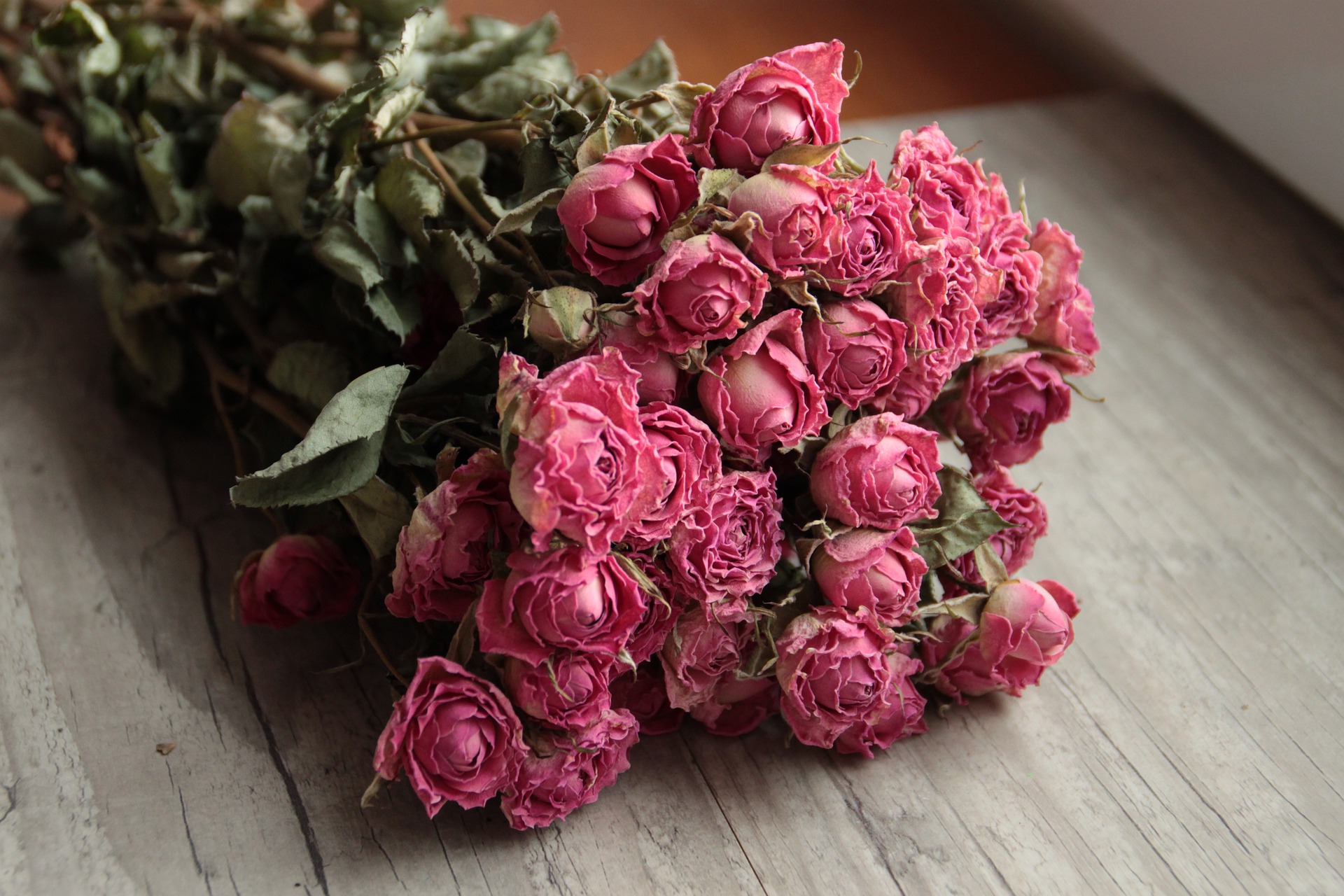
How to Dry Flowers Properly
Drying your favorite garden flowers isn’t difficult. Here’s how to do it:
- Pick flowers in the morning just before the blooms completely open. When you snip off the flowers from the plant, take 5 to 6 inches of stem, too.
- Strip off all foliage from stems.
- Secure a bundle of 8 to 10 stems with a rubber band or twist tie.
- Hang bundle upside down from a hook or coat hanger in a dark, dry, well-ventilated area out of sunlight. Closets, attics and well-ventilated garages are ideal spots.
- In 2 to 3 weeks (or even less if the weather is hot) flowers will be completely dry. Some colors may fade, but most flowers retain their original hues!
Flowers with thin stems, like strawflowers, will need wiring because their stems crumble when dried. Use florist wire or a 20-gauge wire and push it through the center of the calyx, pull it out the other side and then twist wire strands together forming a long stem. Hang flowers to dry in the manner described above.
If you want to try a faster drying method, consider flash-drying. The best way to flash-dry flowers is to pick them and then throw them in the trunk of your car. I’m not kidding! Jim Long, of Long Creek Herb Farm, tells readers of his blog and books that a car trunk is perfect for flash-drying bundles of hydrangea and other large flowers. He says to toss them in a car trunk, parked in the sun, for 24 hours to preserve color. They should dry to the “crinkling tissue paper” stage. That’s the sound their petals should make when you rub them.
See our Full Guide to Drying Flowers—with 4 different methods!
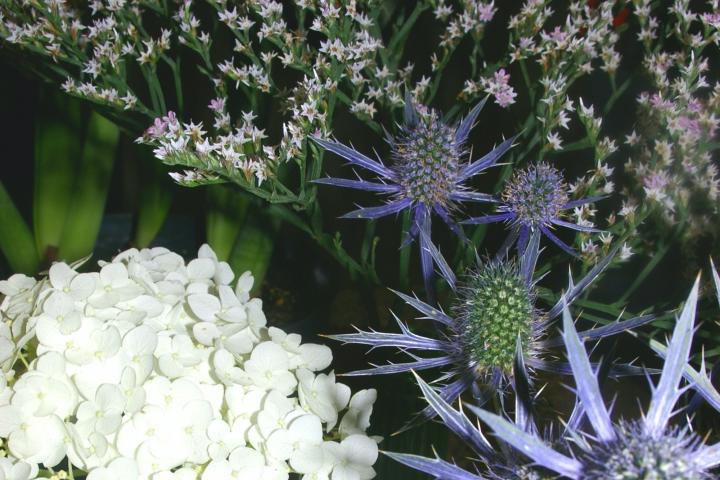
Pressing Flowers
Another fun way to preserve your flowers is to press them! Take a heavy book (such as an encyclopedia) on top. Open to the middle and line the facing pages with parchment paper or wax paper. Then arrange the petals so they are face down on the parchment paper and close the book. Leave for 7 to 10 days to dry. If you prefer to preserve your full bouquet instead, you would need to use silica gel which you can find at craft stores. It’s a sandy-like substance. You can bury your flower bouquet in a box of silica gel for a week.
See our article on how to press flowers and leaves.

















Comments